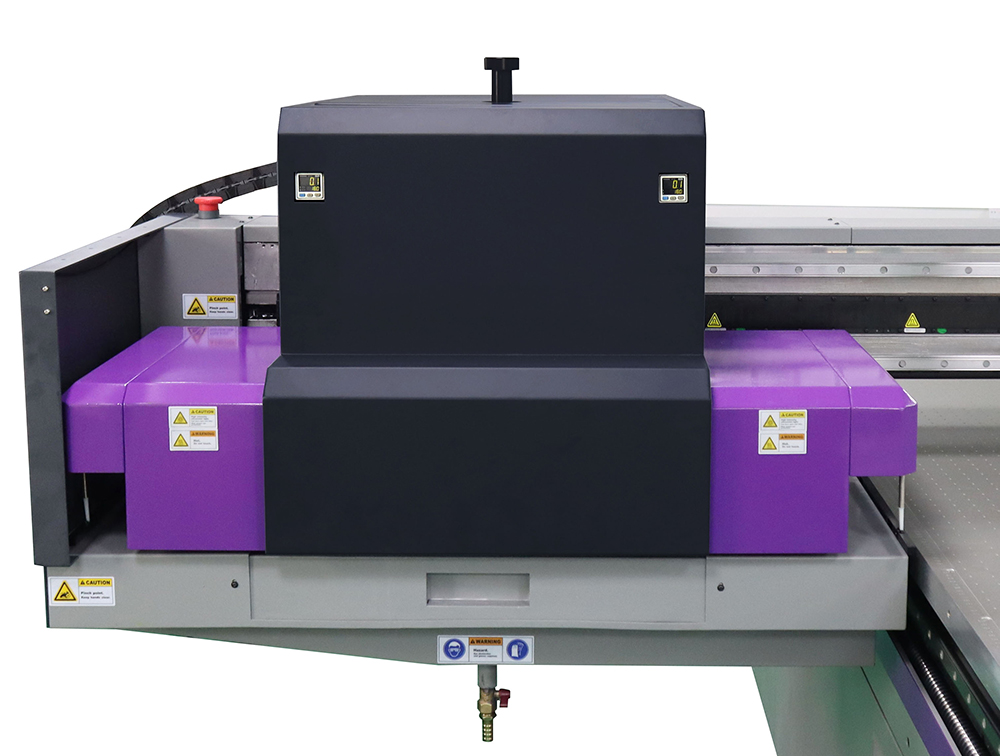UV Flatbed Printer: Understanding the Difference Between Spot and Process Colors
UV Flatbed Printer: Understanding the Difference Between Spot and Process Colors
In the realm of digital printing, UV flatbed printers have emerged as a versatile and efficient solution for producing high-quality prints on various materials. These printers utilize ultraviolet (UV) light to cure ink instantly, enabling them to print on a wide range of substrates, including glass, metal, plastic, wood, and more. One crucial aspect of UV flatbed printing that often requires careful consideration is the choice between spot colors and process colors. This article aims to delve into the nuances of these two color types, exploring their definitions, applications, advantages, and limitations.

Understanding Spot Colors
Spot colors, also known as solid colors or PMS (Pantone Matching System) colors, refer to specific, pre-mixed ink colors that are used to achieve precise and consistent color reproduction. Each spot color has a unique formula and is typically printed using a separate ink channel on a printing press. This method ensures that the printed color matches the desired shade accurately, making it ideal for brand identity elements such as logos, where color consistency is paramount.
Advantages of Spot Colors
Consistency: Spot colors offer unparalleled consistency across different print jobs and materials, ensuring brand colors remain true and recognizable.
Cost-Effective for Small Jobs: For prints requiring only a few colors, spot color printing can be more economical since it involves fewer ink changes and setup time.
Vibrancy and Intensity: Spot colors often appear more vibrant and intense due to their concentrated pigment content, making them suitable for designs that demand eye-catching hues.
Limitations of Spot Colors
Limited Color Range: The number of spot colors available is finite, restricting the ability to create a broad spectrum of hues or intricate color gradients.
Increased Cost for Multiple Colors: As the number of spot colors in a design increases, production costs escalate due to the need for additional ink channels and setup time.
Less Flexibility: Once a spot color is chosen, it cannot be easily modified or blended with other colors to create new shades.
Understanding Process Colors
Process colors, commonly referred to as CMYK (Cyan, Magenta, Yellow, and Key/Black), represent a color model used in four-color process printing. This method involves combining varying amounts of cyan, magenta, yellow, and black inks to produce a wide array of colors and shades. Process color printing allows for the reproduction of full-color images, including photographs and complex designs, with a broad color gamut.
Advantages of Process Colors
Versatility: Process color printing enables the reproduction of a vast range of colors and shades, making it suitable for printing photographs, intricate designs, and graphics.
Cost-Effective for Full-Color Prints: For prints requiring multiple colors or full-color images, process color printing is generally more cost-effective than using multiple spot colors.
Flexibility: The ability to mix inks to create new colors provides designers with unparalleled flexibility in achieving their desired visual effects.
Limitations of Process Colors
Color Accuracy: Achieving exact color matches can be challenging with process color printing, as the final color is dependent on the combination of CMYK inks and may vary slightly from the original design.
Ink Coverage: Heavy ink coverage can lead to longer drying times and potential issues with ink bleeding or smearing, especially on non-porous substrates.
Ink Costs: The cost of CMYK inks can be higher than some spot colors, especially for large-scale print jobs requiring significant ink usage.
UV Flatbed Printers: Bridging the Gap
UV flatbed printers offer a unique advantage in bridging the gap between spot and process color printing. These printers can be configured to handle both spot colors and CMYK inks, providing versatility in meeting diverse printing needs. The instant curing capabilities of UV light allow for faster printing speeds and reduced risk of ink bleeding or smearing, even when printing on non-porous materials.
Moreover, UV flatbed printers equipped with advanced color management systems can achieve highly accurate color reproduction, making them suitable for applications that demand both precise spot color matching and the ability to print full-color images. This flexibility allows printers to offer a broader range of services and cater to clients with varying printing requirements.
Applications and Considerations
When deciding between spot and process colors for a UV flatbed printing project, consider the following factors:
Brand Consistency: If maintaining consistent brand colors is crucial, spot colors may be the better choice.
Design Complexity: For designs that require a wide range of colors or intricate color gradients, process colors are more appropriate.
Material Compatibility: Consider the substrate being printed on and its compatibility with spot or process inks.
Budget and Quantity: Evaluate the cost-effectiveness of each method based on the print job’s size and budget constraints.
In conclusion, UV flatbed printers offer a versatile solution for printing with both spot and process colors, enabling printers to cater to a wide range of client needs. Understanding the nuances of spot and process colors, including their advantages and limitations, is essential in selecting the most suitable printing method for each project. By considering factors such as brand consistency, design complexity, material compatibility, and budget, printers can leverage the capabilities of UV flatbed printers to deliver high-quality prints that meet or exceed client expectations.
